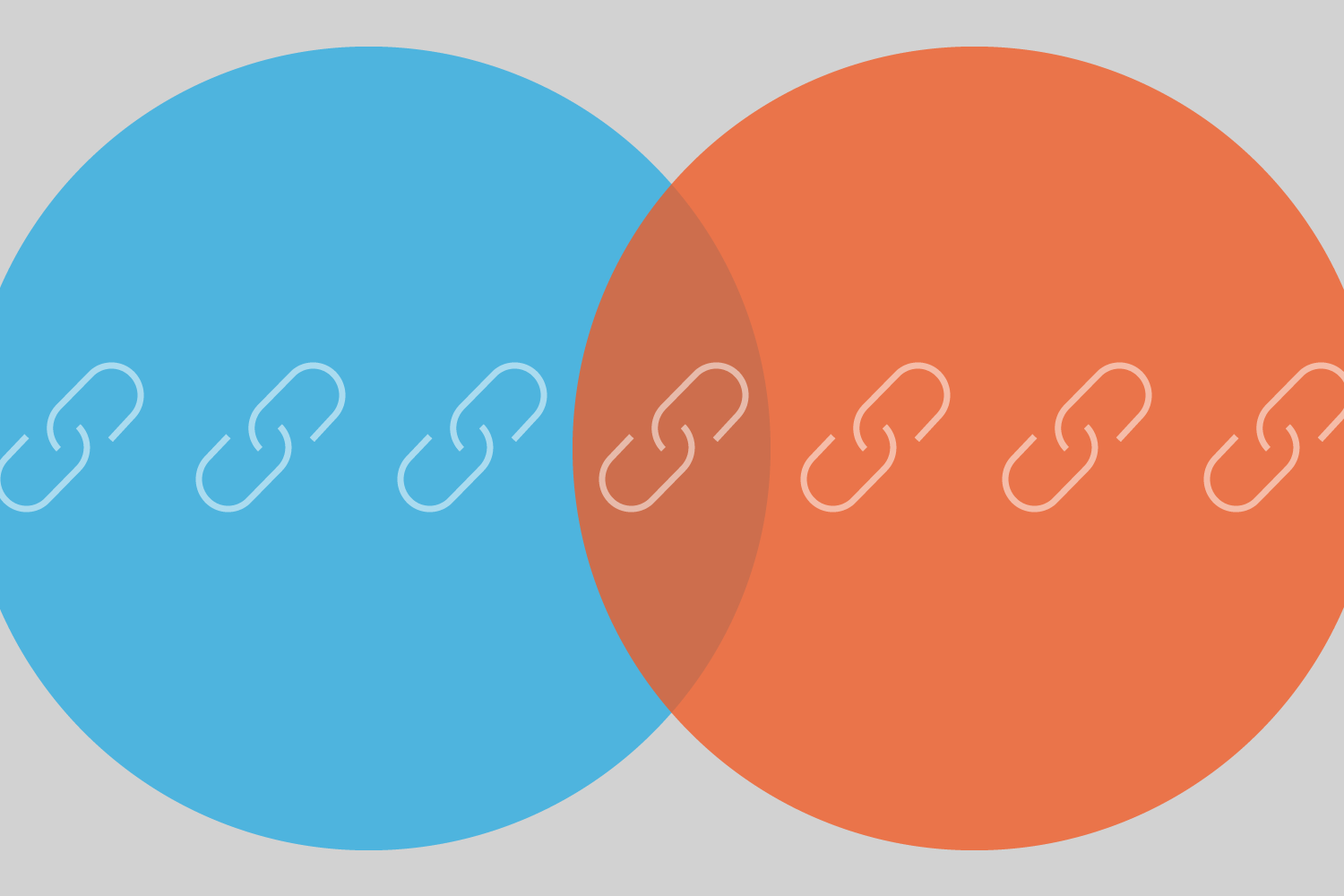Optimize Landing Pages for Google Ads Success
Loves Data
Optimizing your landing pages is crucial for driving conversions from Google Ads. A well-designed landing page can turn clicks into customers, making the most of your advertising investment. Google Ads can bring users to your site, but if your landing page isn't performing well, you could be missing out on potential sales.
One key to success is creating a compelling value proposition. This helps users understand immediately why they should choose your product or service. It's important to be clear and concise, offering something unique that stands out from the competition.
Another important factor is the design of your landing page. A clean, user-friendly layout makes it easy for visitors to find what they're looking for and take action. Elements like calls to action (CTAs), images, and text should guide users towards conversion.
Besides design, mobile compatibility plays an important role in landing page optimization. Ensuring your landing page looks great and works well on mobile devices is essential. Page speed and responsiveness can also make a big difference when it comes to conversions and conversion rates.
Finally, using data from Google Analytics and running A/B tests can help you fine-tune your landing pages. By analyzing user behavior and testing different elements, you can see what works best and improve the performance of your landing pages. This data-driven approach helps ensure your pages are always optimized for the best possible results.
Crafting a Compelling Value Proposition
Crafting a compelling value proposition is essential for converting visitors from Google Ads. Your value proposition is the first thing users see, and it needs to grab their attention quickly. It should clearly explain what makes your product or service unique and why it's worth their time and money.
Start by identifying the main benefits of your product or service. Think about what sets you apart from the competition. Are you offering a faster solution, better quality, or a unique feature? Make sure this benefit is clearly featured on your landing page.
Keep your value proposition concise. Users should be able to understand it within seconds of landing on your page. Use simple, direct language that speaks to the user's needs or problems. Phrases like "Save time with our fast service" or "Get the best deals now" can be effective.
Visuals can also help make your value proposition more compelling. Use high-quality images or videos that highlight your product's benefits. A brief video demonstration or a clear image of your product in use can convey your message quickly and effectively.
Designing User-Friendly Landing Pages
Designing user-friendly landing pages is crucial for keeping visitors engaged and encouraging them to convert. A clean, easy-to-navigate design helps users find the information they need while minimizing frustration.
Use a simple layout that directs attention to the most important elements. Key components like your value proposition, call-to-action (CTA), and any forms should be prominently displayed. Avoid clutter by using plenty of white space, making the page feel open and inviting.
The CTA needs to stand out. Use a color that contrasts with the rest of the page and position it where users will see it easily. Clear, action-oriented text like "Sign Up Now" or "Get Started" tells users exactly what to do next.
Loading speed is also important. A slow-loading page can drive people away before they even see your content. Optimize images and other website elements to ensure your page loads quickly.
Creating a user-friendly landing page also involves minimizing distractions. Remove any unnecessary links or elements that might draw users away from the main objective. Keep the focus on guiding them toward your desired action, whether that's making a purchase, signing up for email updates, or completing a lead form.
Ensuring Mobile Compatibility
A mobile-friendly landing page can significantly improve user experience and increase conversion rates.
Adopt a responsive design that automatically adjusts to different screen sizes. Responsive designs provide a seamless experience whether users are on a phone, tablet, or desktop. This approach ensures that all elements, such as text, images, and buttons, scale correctly.
Loading speed is critical on mobile devices. Optimize your landing page to load quickly on mobile by compressing images, leveraging browser caching, and minimizing code. Slow-loading pages frustrate users, causing them to leave before interacting with your content.
Make navigation simple and intuitive. Use larger buttons and touch-friendly elements to ensure users can easily interact with your page. Avoid cluttering the screen with too much information. Instead, focus on the most crucial elements, such as your value proposition and call to action.
Lastly, test your landing page across multiple mobile devices and browsers. Ensure that it performs well on various platforms, and address any issues that may arise. This testing helps guarantee a smooth experience for all users, regardless of how they access your site.
Using Data and A/B Testing for Optimization
Using data and A/B testing allows you to refine your landing pages and improve their performance. Data-driven decisions help you identify what works best and make adjustments as needed.
Leverage your Google Analytics data. Digital analytics tools, including Google Analytics, provide valuable insights into how users interact with your landing page. Monitor key metrics such as engagement rate, time on page, and key event rate. Analyzing this data helps you understand user behavior and identify areas for improvement.
A/B testing involves comparing two versions of a landing page to see which performs better. You can test different headlines, images, CTAs, and layouts. For example, create two versions of your CTA button – one green and one red – and see which gets more clicks. Similarly, test different headlines to see which one captures more attention.
Run tests for a sufficient amount of time to gather reliable data. Make sure to test one element at a time to understand its impact clearly. Once you identify the winning version, implement the changes across your landing page to enhance overall performance.
Continue to test and analyze your landing pages to keep them performing at their best. As user preferences and behaviors change, ongoing optimization ensures that your landing pages remain effective and relevant.
Conclusion
Optimizing landing pages for Google Ads is crucial for maximizing conversion rates and making the most of your advertising budget. A well-optimized landing page can turn a click into a customer, helping you achieve your business goals.
Sta rt by crafting a clear and compelling value proposition that communicates the unique benefits of your product or service. Design a user-friendly landing page with a simple layout and prominent calls to action. Ensure that your page is mobile-friendly to cater to users on various devices. Finally, rely on data and A/B testing to continually refine and improve your landing page.
By following these steps, you can create landing pages that not only attract clicks from Google Ads but also convert those clicks into valuable actions. As you fine-tune your pages, you'll see better engagement, higher conversion rates, and a stronger return on investment.
To learn more about optimizing your digital marketing efforts, explore the online courses offered by Loves Data. Our expert-led Google Ads training provides valuable insights and practical tips to help you succeed. Start enhancing your online marketing skills today!




Comments